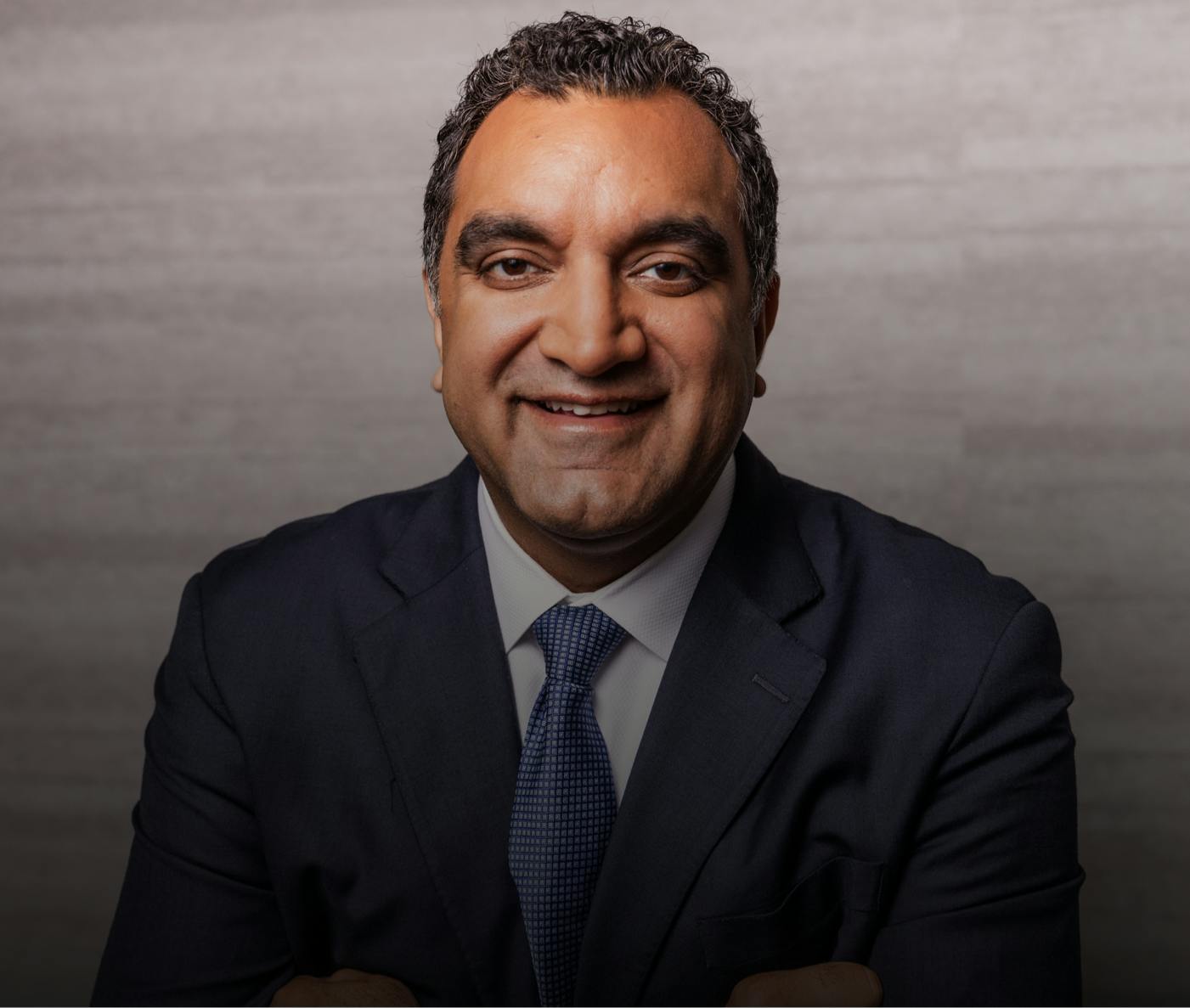When do eyelid spasms require treatment?
In some cases, eye spasms are more than a temporary nuisance. For some people, they occur frequently throughout the day. Symptoms can recur for days, weeks, or even months. This can cause a lot of emotional distress and interfere with quality of life. In its most serious forms, eyelid spasms can become chronic, causing persistent winking and squinting. If it progresses to the point where it’s difficult to keep your eyes open, these spasms can cause severe vision impairment. In this case, a number of our patients have found relief with Botox injections repeated on average every three months.






